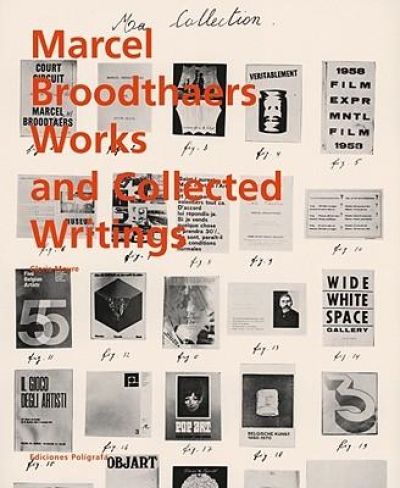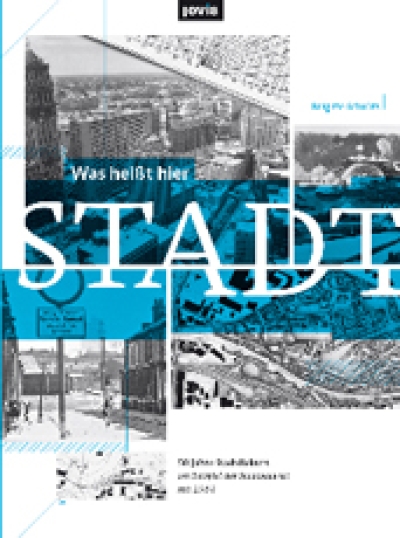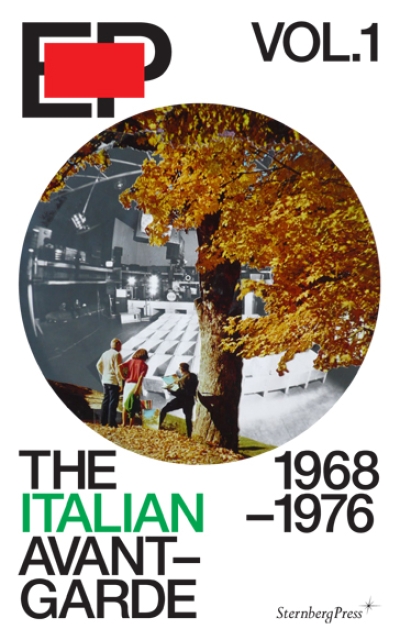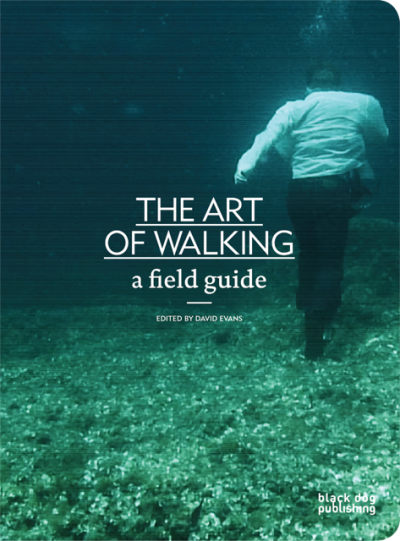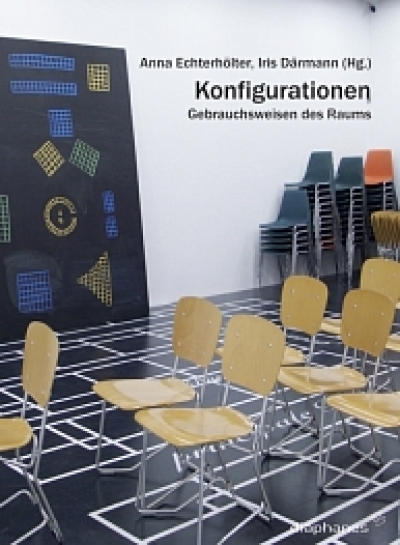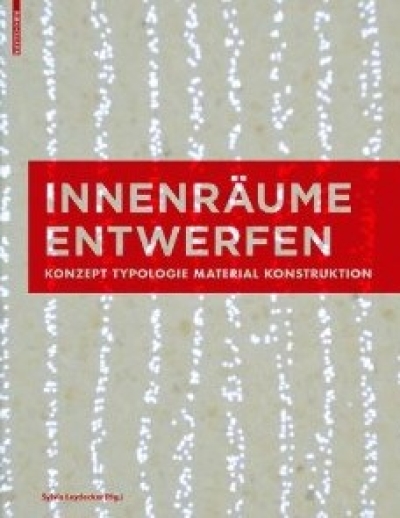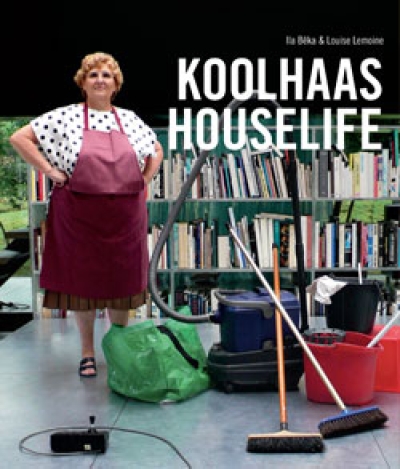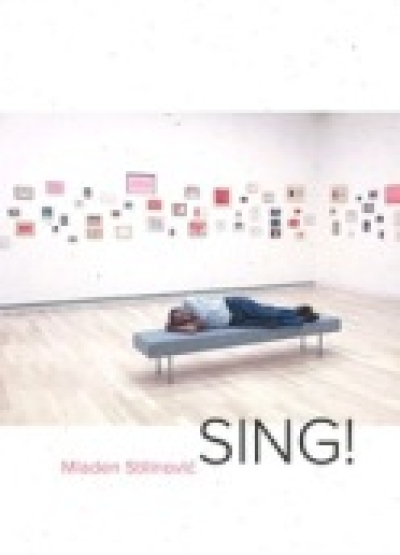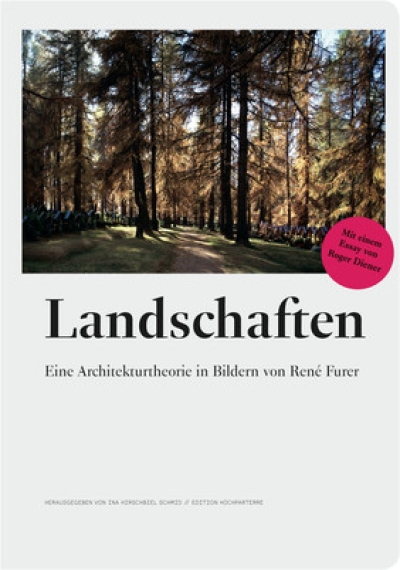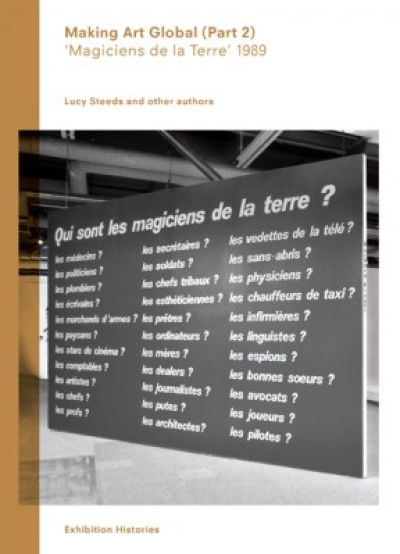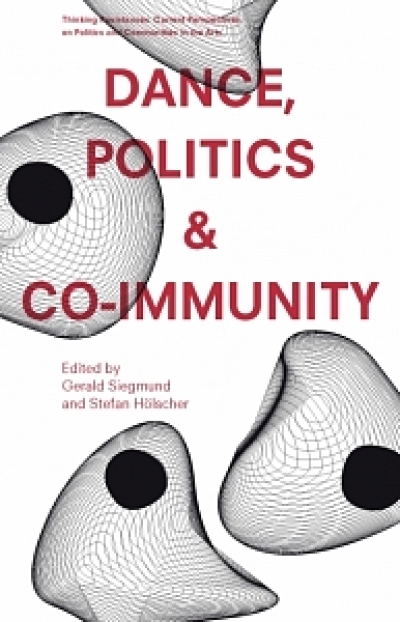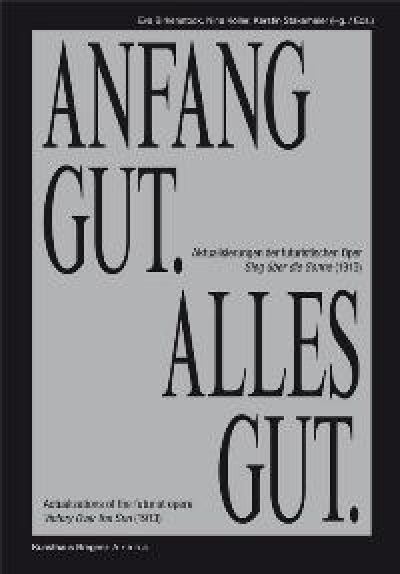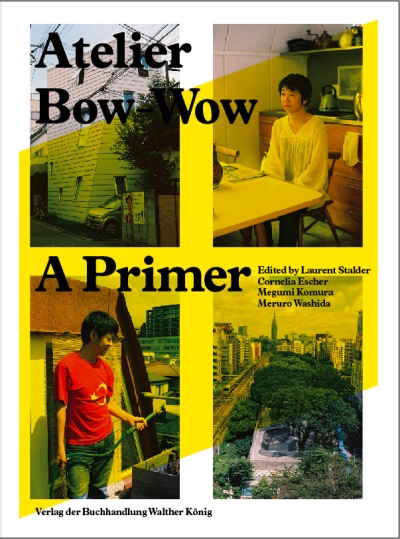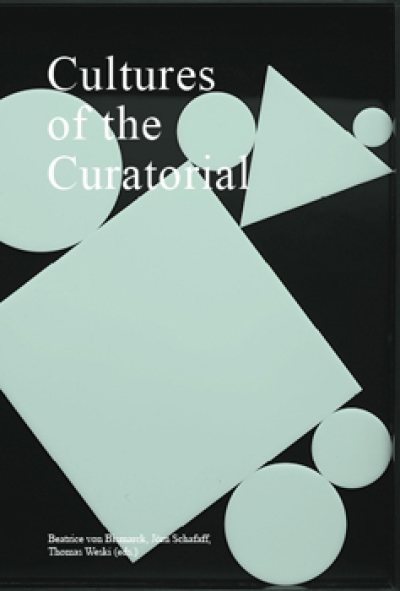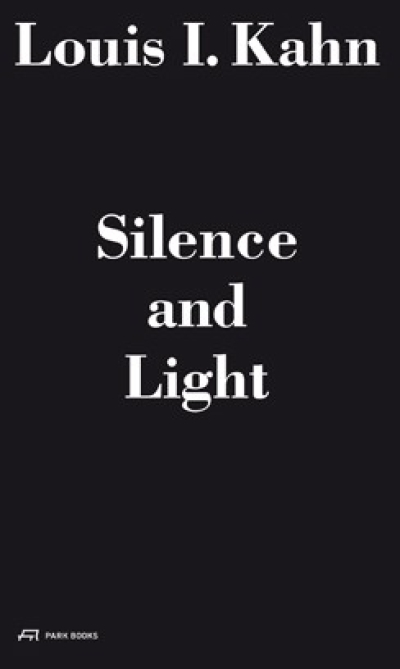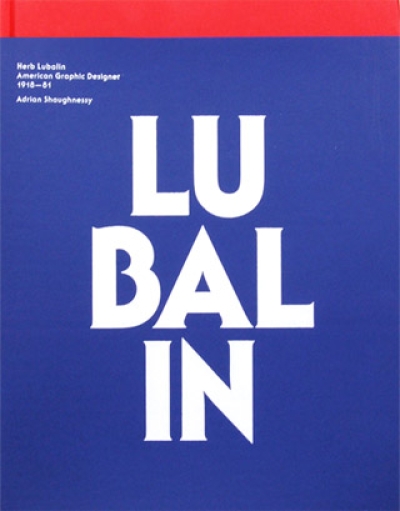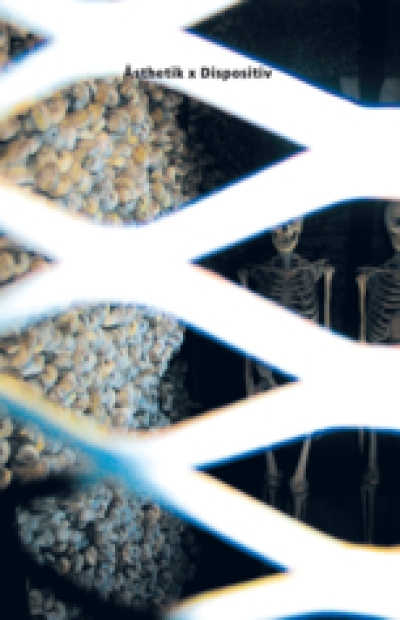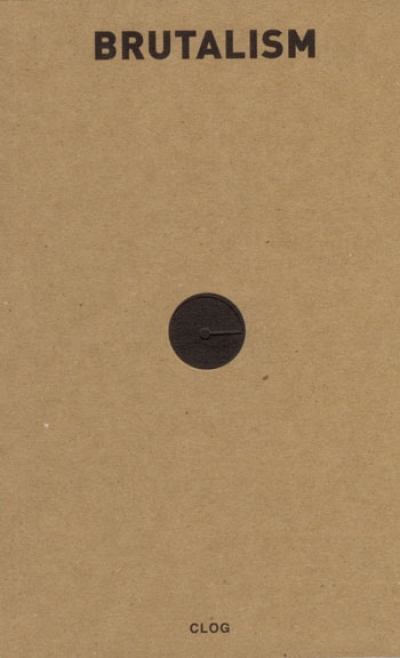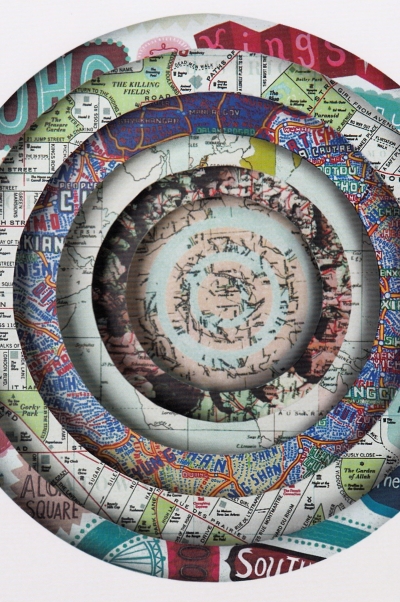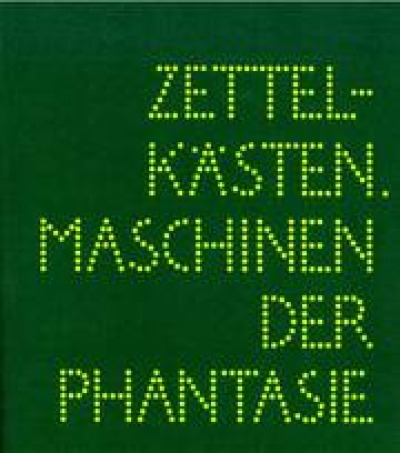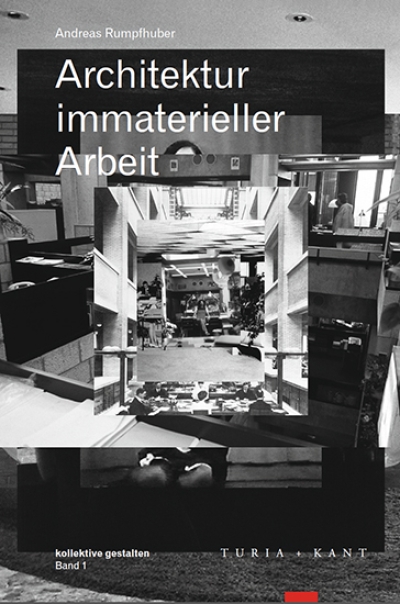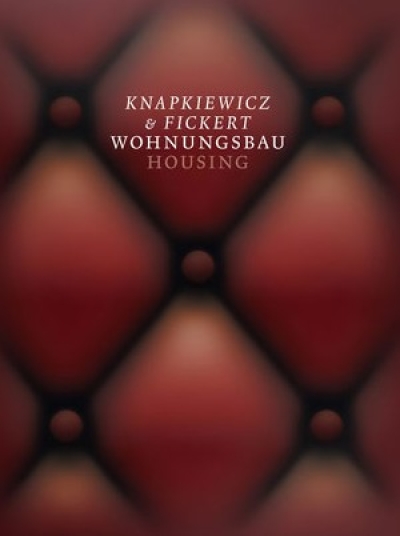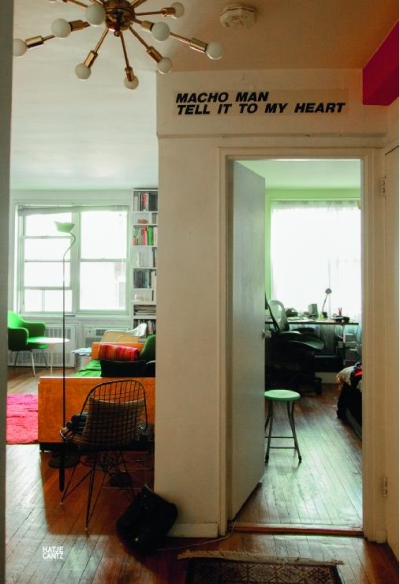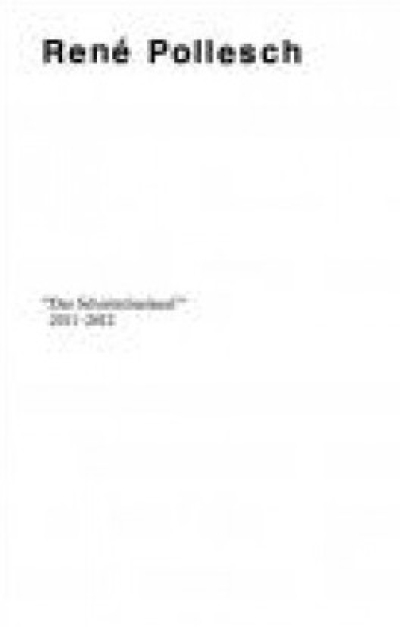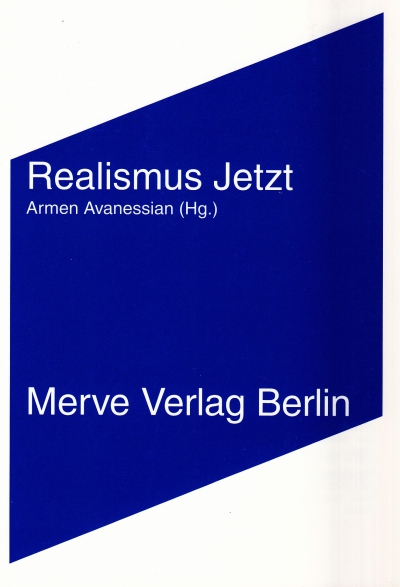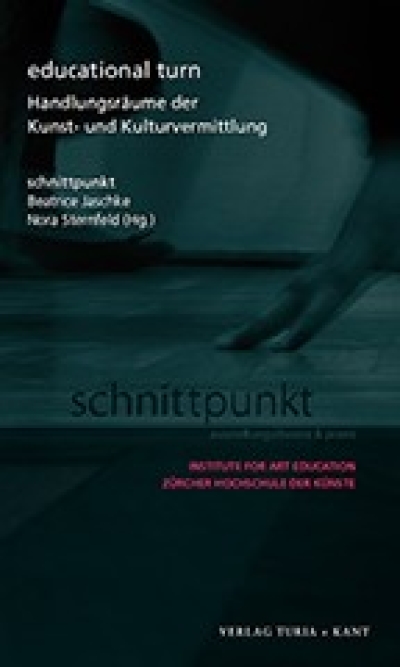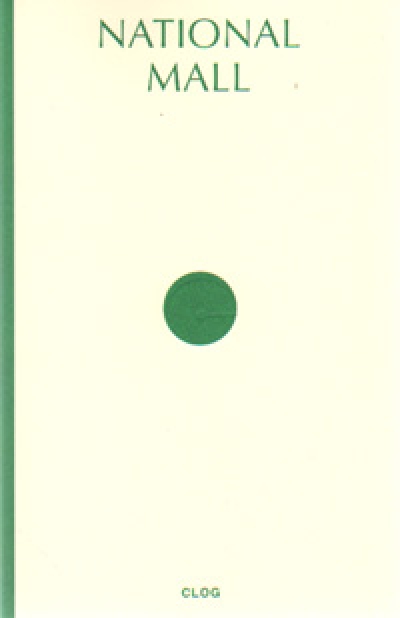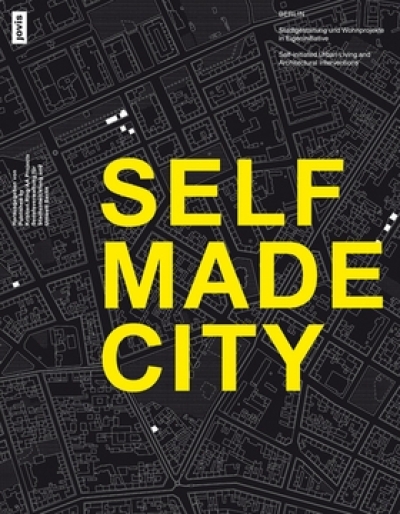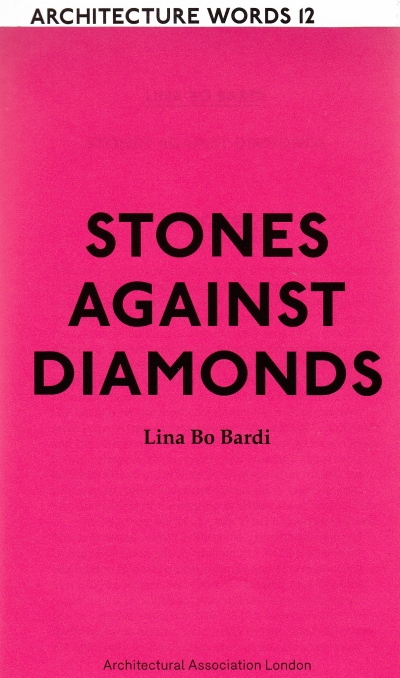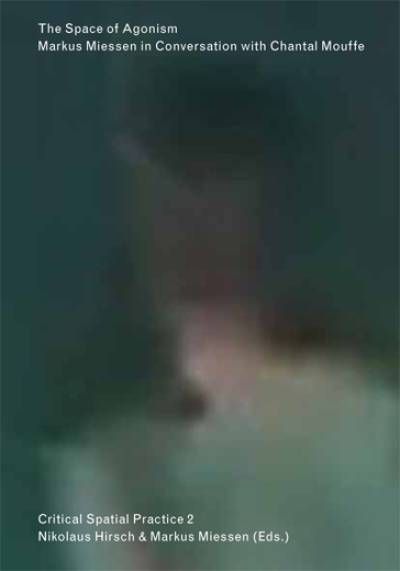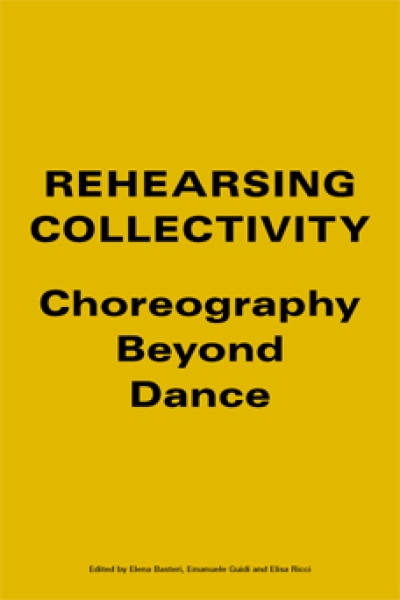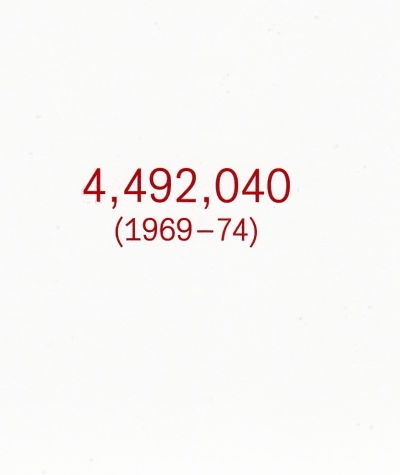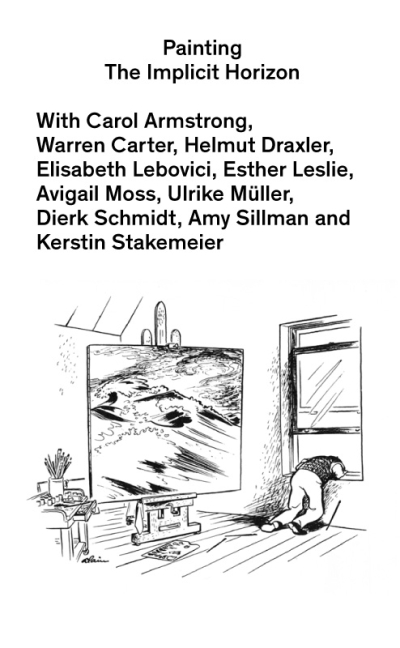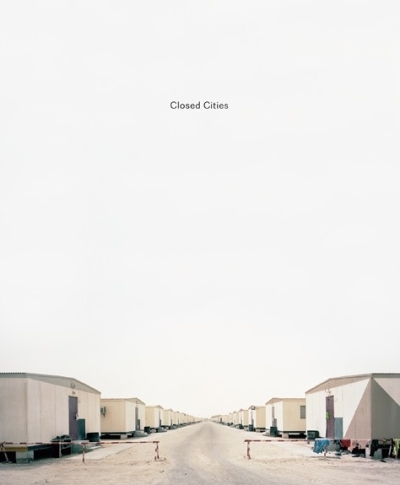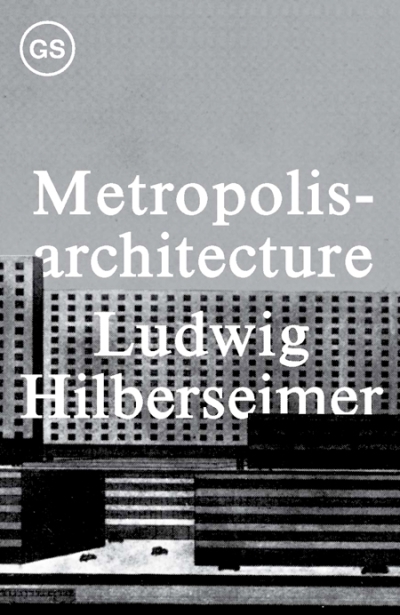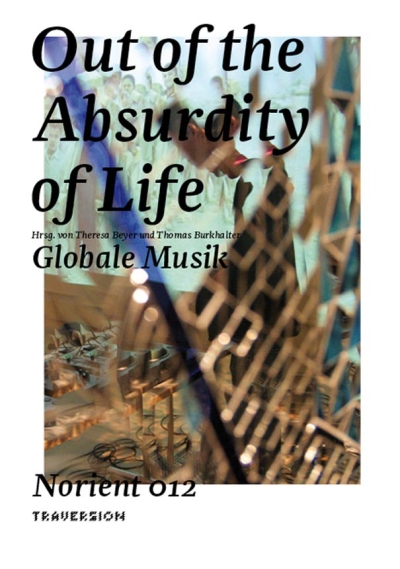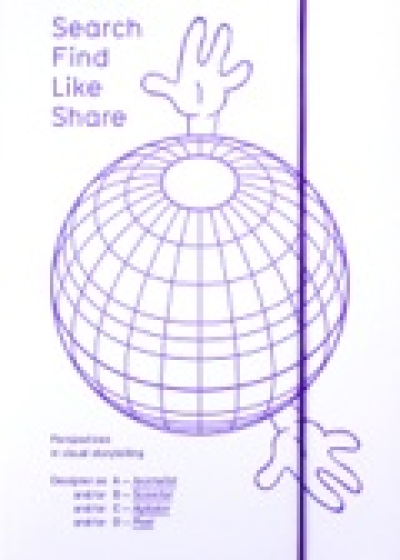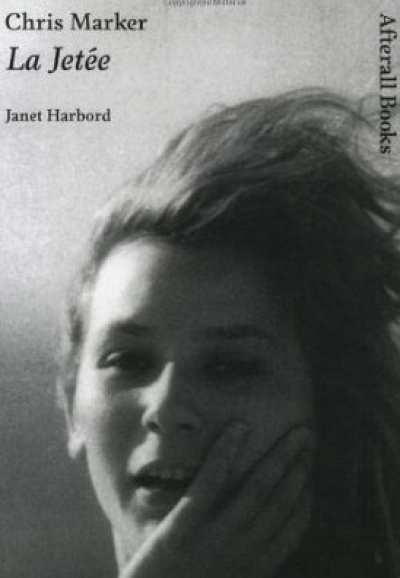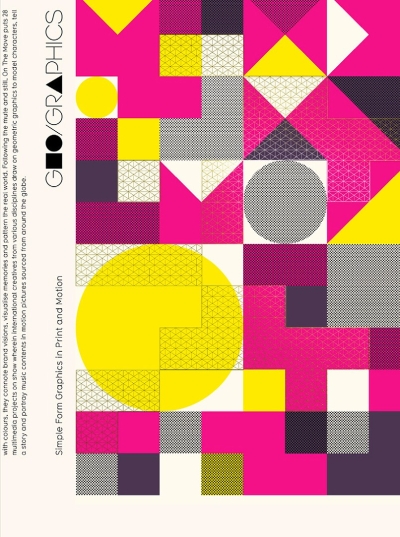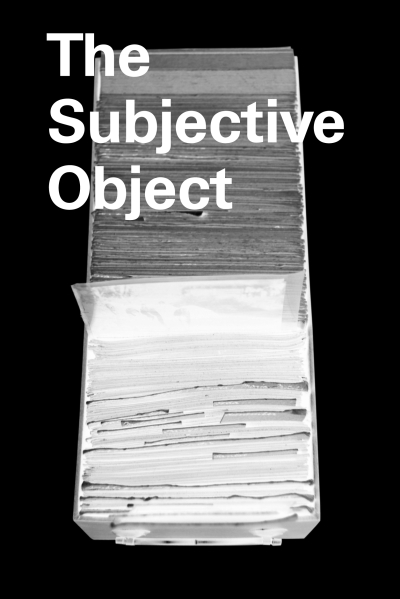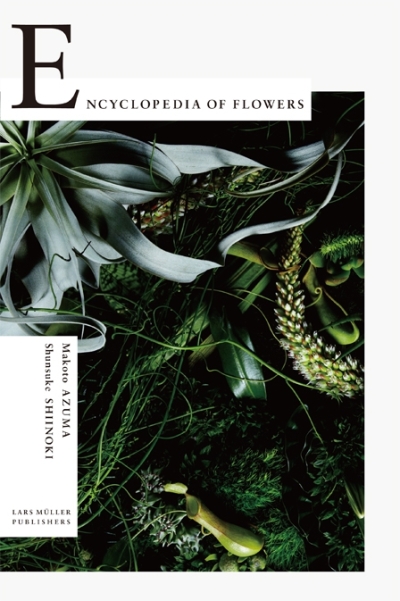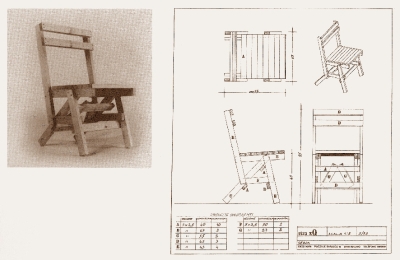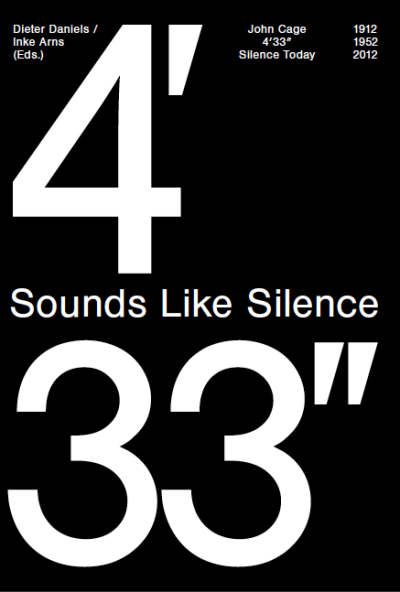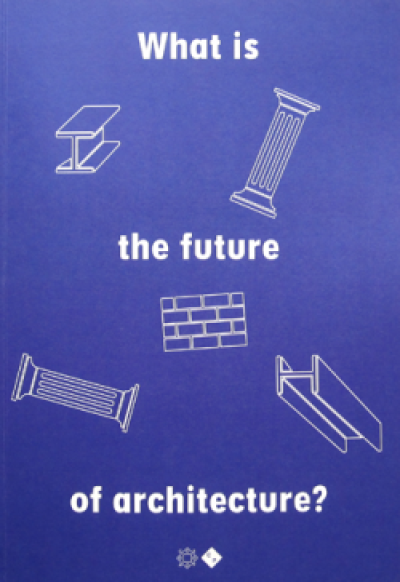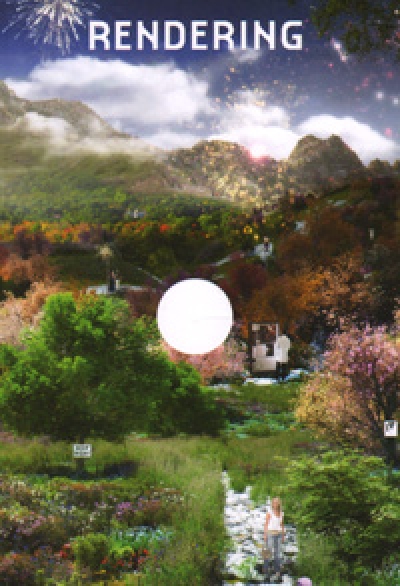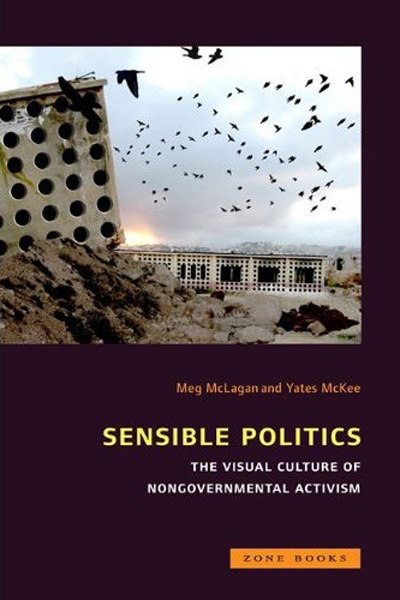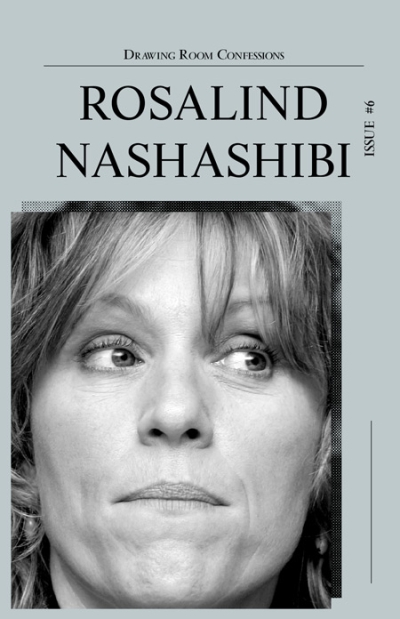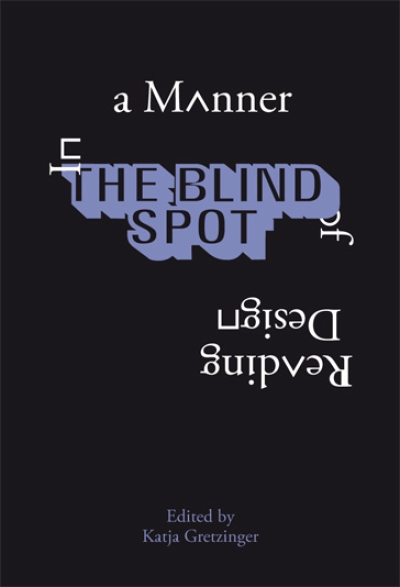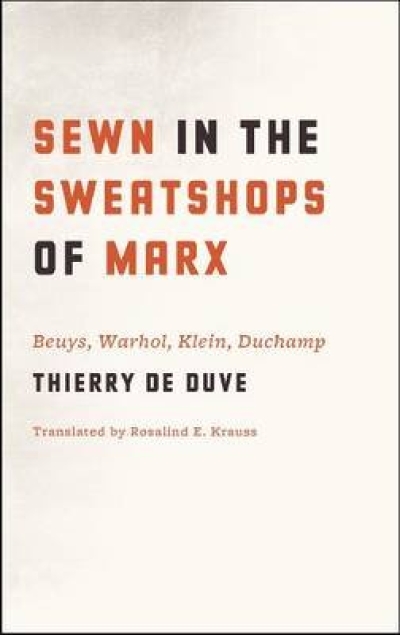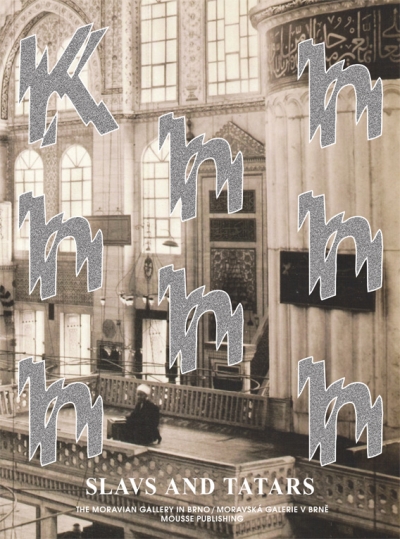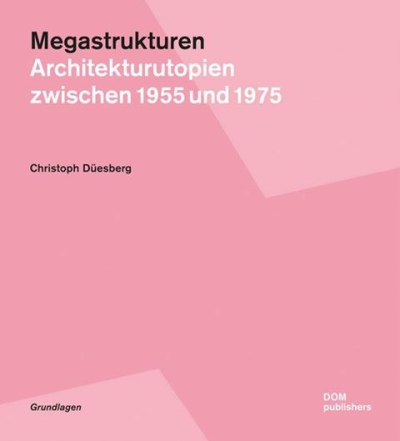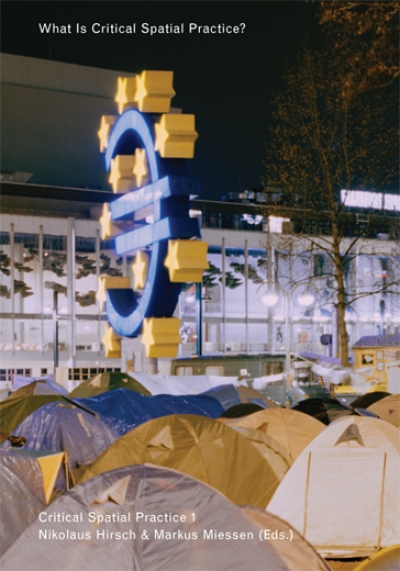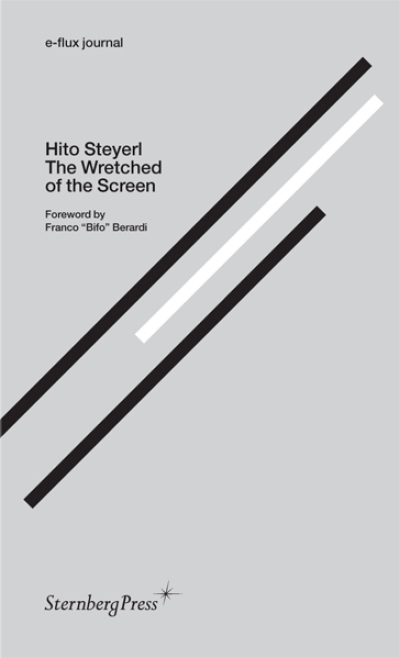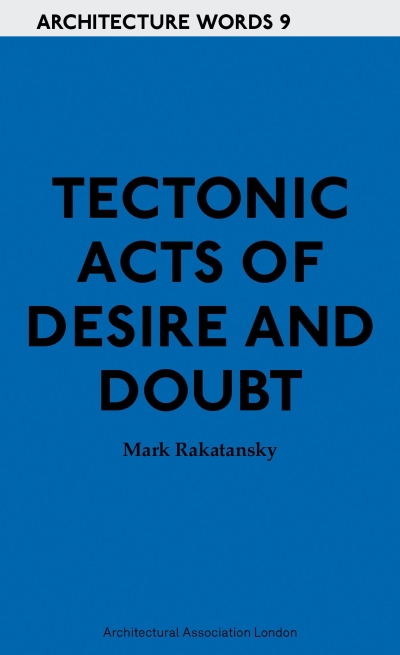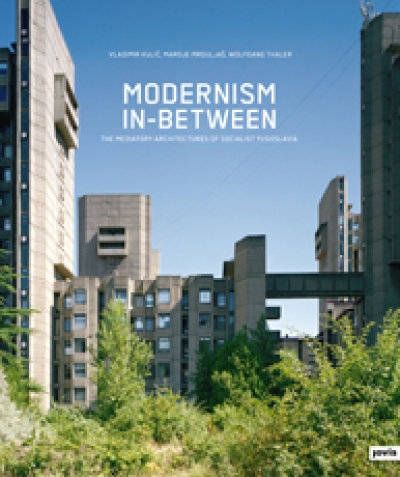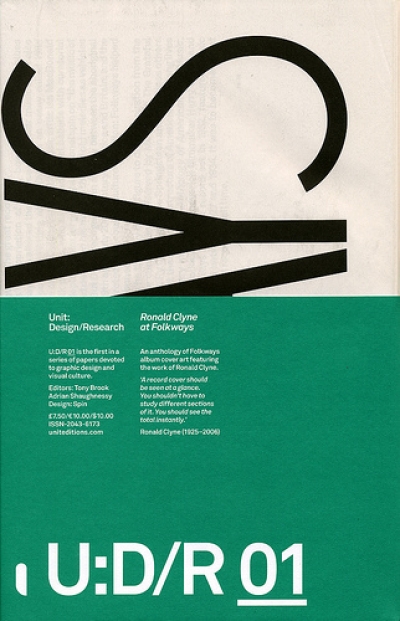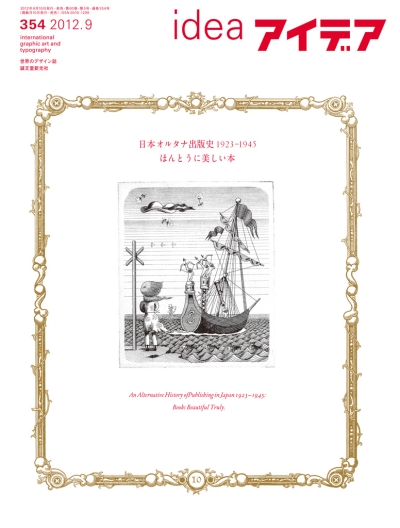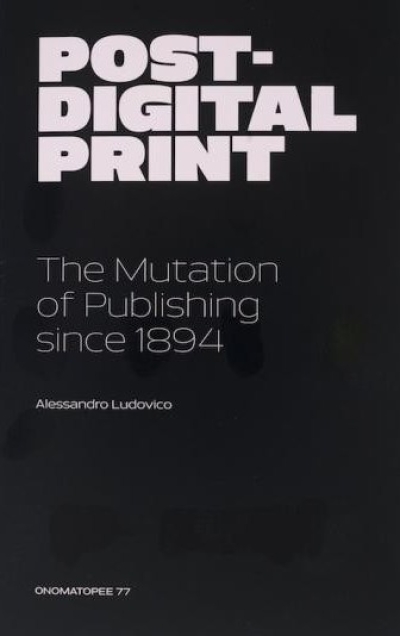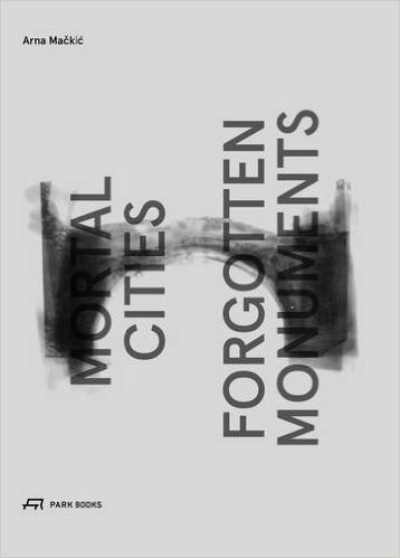
Mortal Cities and Forgotten Monuments
As a child, architect Arna Mačkić experienced firsthand the Bosnian civil war, and with her family she fled her native country for the Netherlands. In 1999, she was able to visit Bosnia and the city of Mostar again for the first time to witness the utter devastation—the war had left seventy percent of the buildings destroyed. This experience inspired Mačkić’s research to explore the emotional effects of war damage on a city’s inhabitants and the possibilities for rebuilding collective and inclusive identities through architecture.
Mortal Cities and Forgotten Monuments tells a moving story of architecture and history. The first two parts of the book provide historical background on the war in Bosnia and its relationship to the built environment of the region. The final section demonstrates Mačkić’s ideas for architectural interventions, applying a new design language that goes beyond political, religious, or cultural interpretations—an openness that allows it avoid tensions and claims of truth without ignoring or denying the past. Using this as a foundation, she proposes designs for urban and public space that are simultaneously rooted in ancient traditions while looking toward the future.
«Was fühlst Du, wenn die Stadt, in der Du lebst, durch einen Krieg zerstört wird?» Diese Frage stellte sich die bosnisch-niederländische Architektin Arna Mačkić, die mit ihrer Familie 1992 während des Bosnienkriegs fliehen musste. Historische wie moderne Bauten stiften Identität und machen einen Ort aus. Die Brücke von Mostar zum Beispiel galt vor und nach den Teilungskriegen auf dem Gebiet des ehemaligen Jugoslawien als Symbol des Zusammenlebens der Völker. Die Angreifer planten damals genau, welche Bauwerke sie zerstörten, um die Bevölkerung psychologisch zu schwächen. Es betraf Gebäude, mit denen die Menschen sich und ihre Kultur verbanden: Museen, Bibliotheken, Plätze, Brücken. Die Stadt selbst wurde sterblich, verlor ihre Seele und war für die einstigen Bewohner später kaum wiedererkennbar.
In ihrem Buch «Mortal Cities and Forgotten Monuments» zeigt Arna Mačkić, wie der Wiederaufbau des kulturellen Erbes vorangetrieben werden könnte. Sie entwirft Interventionen im öffentlichen Raum, die auf traditionellen Wurzeln basieren, dabei aber eine konstruktive Wirkung für die heutige Zeit haben sollen, frei von politischen oder religiösen Interpretationen. Sie verbindet damit die Hoffnung, dass die Einwohner Mostars dereinst ihre Stadt wieder erfühlen können und dass die Seele des Ortes wieder zurückkehrt.
